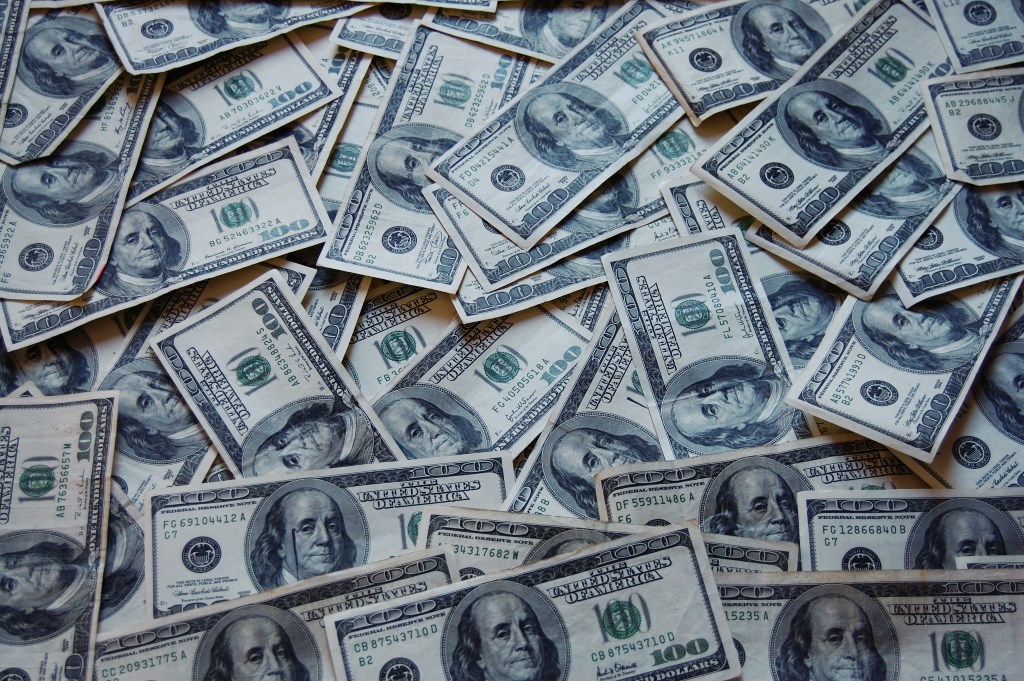How Legislature Rigged the Game
2015 campaign finance law gives more power to wealthy and corporations.
Who were the biggest winners when Republican legislators rewrote campaign-finance laws — with a bill passed in November 2015 — for last year’s elections?
An analysis by the Wisconsin Democracy Campaign (WDC), which tracks donations and spending, says it was wealthy contributors, corporations and legislative leaders who run their party’s campaign committees.
Total spending on elections for Assembly and Senate seats was a record $28.1 million last year – $19.1 million by candidates and their party committees and $9 million by outside groups, WDC reported. That $28.1 million was 66 percent more than what was spent in 2014 elections.
And, for the first time, a regular November election for a seat in the Legislature cost more than $5.1 million. That’s 100 times the $50,900 salary of a legislator.
WDC Executive Director Matt Rothschild said the biggest reason for the 66 percent jump in spending was the doubling of maximum allowable donations for all state candidates – from $10,000 to $20,000 for an individual who wants to give to a candidate for governor, for example.
Corporations also won because, under the new campaign-finance code, they can give up to $12,000 to each of the four legislative campaign committees run by party leaders. For more than a century, direct corporate donations to partisan candidates were prohibited.
That change allowed the Ho-Chunk Nation to give the maximum $48,000 – $12,000 to each of the four leaders’ campaign funds, Rothschild said. It was a cover-your-bets move that treated both parties equally and made sure calls from Ho-Chunk leaders on gaming industry issues will be returned.
But the staggering, almost-threefold-increase in spending by the four legislative campaign committees – from $1.98 million in 2014 to $5.63 million in 2016 – gave new, dictatorial powers to the four legislative leaders, who recruit candidates most like them and then decide how much cash to give, or not give, their campaigns.
The four committees, and what they spent last year, are: Republican Assembly Campaign Committee, $1.66 million; Assembly Democratic Campaign Committee, $1.44 million; Senate Democrats, $1.32 million; and Committee to Elect a Republican Senate, $1.21 million.
Former state elections chief Kevin Kennedy, who helped oversee 40 years of voting before being forced to retire, said the new campaign-finance code “shrouds large amounts of previously disclosed activity from the eyes of the public and the press.”
Rothschild agreed, noting that no longer do major contributors have to discuss their profession or employer.
Spending on six elections that cost the most totaled $12.6 million – 45 percent of the $28.1 million spent on all races.
The three most expensive races were:
*18th Senate District: $5.1 million. The Fox Valley-area Senate seat had no incumbent, so it became a battleground for both parties, independent-spending groups and the single most expensive regular-election for a legislative seat in Wisconsin history.
Republican Sen. Dan Feyen, and Republican legislative committees that supported him, spent a total of $545,447; Democrat Mark Harris, and Democrat committees, spent $510,712.
But the candidates were outspent almost $4 to $1 by third-party groups. About $4 million in independent spending included $1.4 million by Wisconsin Manufacturers & Commerce (WMC), which supported Feyen, and $1.3 million by the Greater Wisconsin Committee, which backed Harris.
*14th Senate District: $3 million. Democrats tapped a local mayor, Brian Smith, to challenge Republican Sen. Luther Olsen, and Smith and legislative campaign committees outspent Republicans. But Olsen won easily.
The numbers: Smith and Democratic committees spent $580,393; Olsen and GOP committees, $381,086. Outside spending of about $3 million included $525,000 by the Wisconsin Freedom Alliance and $426,000 by WMC.
*Asssembly District 51: $1.4 million. Republican Rep. Todd Novak, mayor of Dodgeville, had this advice for a Capitol reporter last month: Don’t ever bet against me.
And the numbers bolster Novak’s claim. His campaign and GOP legislative committees spent $510,457 to hold off Democratic challenger Jeff Wright, whose campaign and party groups spent $335,990.
Outside groups spent $601,000, including $260,000 by the pro-Choice American Federation for Children and $129,000 by the conservative Jobs First Coalition.
What does record spending on legislative elections mean for 2018, when voters will elect a governor, attorney general and legislators for the 2019-20 session?
Spending “will be through the roof,” Rothschild predicted. “It’s a rigged game, becoming more rigged.”
Steven Walters is a senior producer for the nonprofit public affairs channel WisconsinEye. Contact him at stevenscwalters@gmail.com
The State of Politics
-
RNC Brings Fame to Gen Z Party Leader
 Jul 15th, 2024 by Steven Walters
Jul 15th, 2024 by Steven Walters
-
Wisconsin’s Republican Roots Run Deep
 Jul 8th, 2024 by Steven Walters
Jul 8th, 2024 by Steven Walters
-
Feuding Supreme Court Justices Need a Break
 Jul 1st, 2024 by Steven Walters
Jul 1st, 2024 by Steven Walters






















